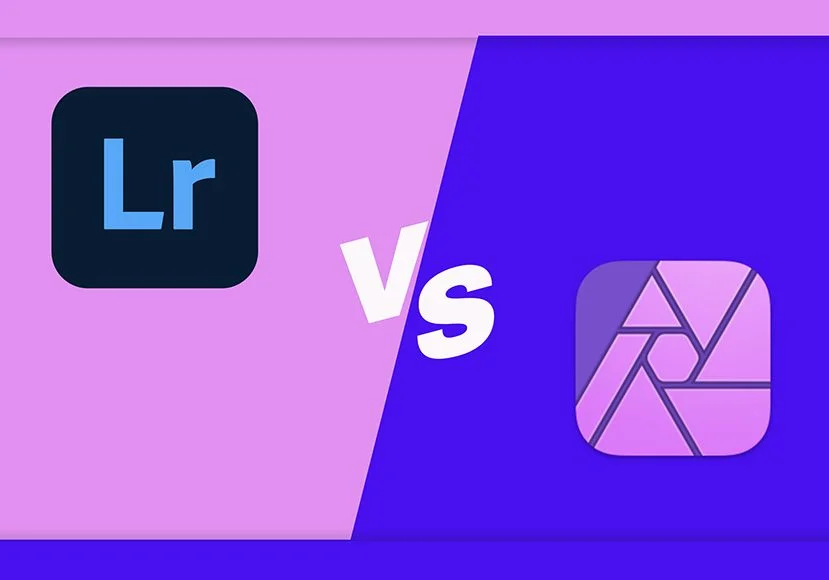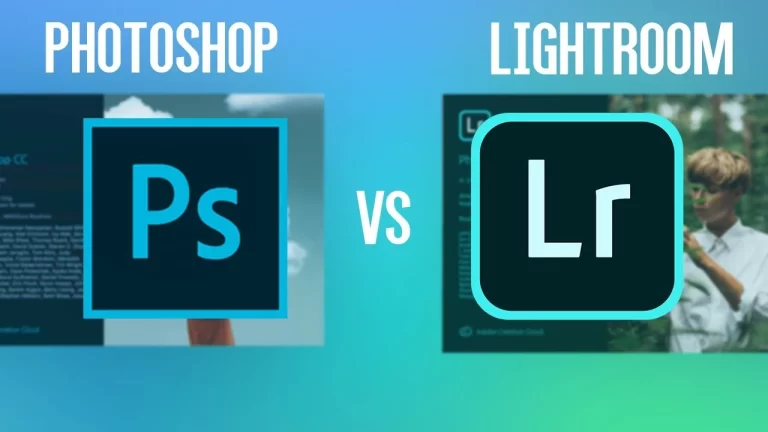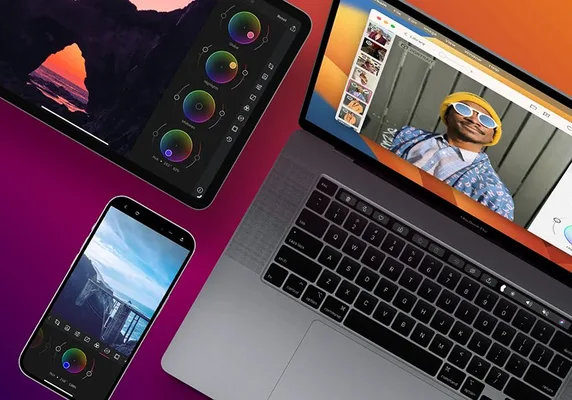Lightroom vs Affinity Photo: Which One is Better
Are you still confused about choosing Lightroom vs. Affinity Photo? Read on to learn more about the key differences between the two photo editing apps.
In the vast landscape of photo editing tools, the dilemma between Lightroom and Affinity Photo often leaves users grappling for the ideal choice. This comprehensive guide aims to demystify the decision-making process by delving into the nuances that distinguish these two powerful editing platforms.
Key Differences Overview
Understanding the divergences between Lightroom and Affinity Photo is crucial. From editing capabilities to creative features, AI-powered tools, and file format support, each aspect plays a role in shaping your editing experience.
Editing Capabilities
Layer Editing
Affinity Photo takes the lead with its robust layer-based editing, allowing users to craft impactful composites. In contrast, Lightroom lacks the ability to edit effects and adjustments in layers, providing a clear distinction in editing options.
Text Editing
Affinity Photo’s text editing capabilities enable precise adjustments, a feature absent in Lightroom. Paragraph indents, text property modifications, and diverse text styles contribute to Affinity Photo’s versatility.
Vector Import
For graphic design or illustration, Affinity Photo’s support for vector files sets it apart. Lightroom, however, falls short in this area, limiting its application for certain creative projects.
Non-Destructive Editing
Both Lightroom and Affinity Photo offer non-destructive editing, allowing users to revisit their editing journey. Lightroom, however, boasts more advanced features within this domain, offering a nuanced approach to preserving the original image.
Adjustment Tools
Affinity Photo’s comprehensive adjustment tools, including masking, layering, split-toning, and gradient map adjustments, provide users with enhanced control and flexibility. The editing capabilities in Lightroom, while robust, fall slightly behind in comparison.
Creative Features
HDR Merging, Content-Aware Fill, 3D Editing
Affinity Photo shines in the realm of creative features, with HDR merging, content-aware fill, and 3D editing capabilities that expand the horizons of photo manipulation. Lightroom, on the other hand, focuses on convenience with presets, radial filters, and batch editing.
AI-Powered Tools Comparison
Both Lightroom and Affinity Photo incorporate AI-powered tools, each offering unique features. While Lightroom excels in content-aware removal, denoising, and adaptive presets, Affinity Photo stands out with healing brushes, blemish removal, and red-eye removal tools.
File Format Support
Understanding the supported file formats is pivotal. Lightroom accommodates formats like DNG, HEIF/HEIC, TIFF, JPEG, and PSD. In contrast, Affinity Photo extends its support to PDF, RAW, EPS, SVG, providing a broader spectrum for creative endeavors.
Application Availability
Affinity Photo’s availability on iPad comes with a one-time payment, exclusive to the Apple Store. Lightroom offers a free mobile version for both Apple and Android users, ensuring widespread accessibility to basic editing features.
Hard Drive Storage
While Lightroom excels in image cataloging, providing organizational tools, Affinity Photo allows users to save and open files from external hard drives. Caution is advised to prevent potential file issues when working with external drives.
Performance
The performance aspect scrutinizes resource usage, system impact, and ease of usage. Lightroom, tethered to the Adobe Creative Cloud, tends to be resource-intensive. Conversely, Affinity Photo, as a native app, demonstrates more efficient resource management and a lighter footprint.
User-Friendliness
Mastering these tools requires time, and user-friendliness plays a pivotal role. Lightroom’s non-classic version offers a more intuitive experience, while Affinity Photo maintains a consistent interface across devices, with both presenting learning curves for users.
Image Cataloging
In terms of organizational capabilities, Lightroom takes the lead with image cataloging, search options, and a rating system. Affinity Photo, while excelling in performance, lacks a built-in image catalog feature, necessitating alternative organizational workflows.
Pricing Plans
Affinity Photo operates on a one-time purchase model, offering flexibility with costs varying for iPadOS, macOS, and Windows versions. Lightroom, on the other hand, follows a subscription plan with various tiers, providing access to Adobe Photoshop and additional services.
Pros and Cons of Adobe Lightroom
Why Choose Adobe Lightroom
- User-Friendly Interface: Lightroom’s modular interface provides a structured and user-friendly experience.
- Image Organization: Lightroom excels in image organization, labeling, rating, and preset application during import.
- RAW Editing: Lightroom supports non-destructive RAW file editing, offering extensive enhancements for camera RAW images.
- Preset Options: A wide range of presets allows efficient editing with color corrections and filters.
- Batch Editing: Lightroom facilitates batch processing, enabling edits on multiple images simultaneously.
Drawbacks of Adobe Lightroom
- Storage Intensive: Lightroom tends to consume a significant amount of storage space, impacting system performance.
- Limited Photo Retouching: For advanced photo retouching features, Adobe offers Photoshop as a supplementary tool.
Pros and Cons of Affinity Photo
Why Choose Affinity Photo
- RAW File Editing: Affinity Photo excels in non-destructive RAW file editing, offering flexibility and power.
- Visual Effects: The software provides a diverse range of visual effects, enhancing creative possibilities.
- User-Friendly Interface: Affinity Photo’s interface, once mastered, offers easy access to essential tools.
- Low-Cost Plan: Affinity Photo operates on a one-time purchase model, eliminating monthly subscription costs.
Drawbacks of Affinity Photo
- Lacking Organization: Affinity Photo lacks an image catalog feature, necessitating third-party solutions for organizing images.
- No Batch Processing: Unlike Lightroom, Affinity Photo does not offer batch processing for simultaneous edits on multiple images.
Conclusion
The choice between Lightroom and Affinity Photo boils down to personal preferences and workflow requirements. Whether you prioritize organizational finesse, advanced editing capabilities, or a one-time purchase model, both tools offer compelling features.
Other Comparisons of Lightroom
If you want to compare Lightroom with other photo editing apps, here are some other comparisons we’ve written about.




